
Commemorative Lecture on the master's skills of Japan, China and South Korea
Date and time: November 29 (Sat) 11:00 to 17:30
Venue Hyogo Prefectural Museum of Art Museum Hall
Instructor Mr. Mio Ogawa (Japan), Mr. Lee Eijiao (China), Mr. Shitakahide (South Korea)
Mr. Keisuke Fujii
This year's "Techniques and Minds" lecture was held to commemorate the exhibition "Techniques and Minds of Leaders in Japan, China and South Korea" where three leaders from Japan, China and South Korea gathered together. Mr. Keisuke Fujii (Professor of the University of Tokyo), who specializes in East Asian architectural history, will be the moderator, giving lectures by the three masters, and finally a discussion with the three speakers.
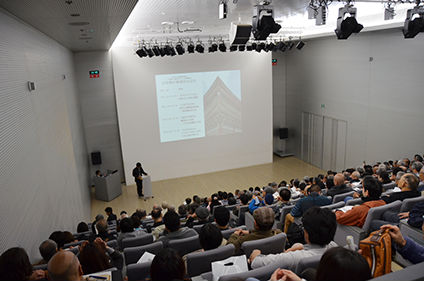
The venue is the Hyogo Prefectural Museum of Art Museum Hall. Regardless of the long lecture until the evening, more than 200 guests came.
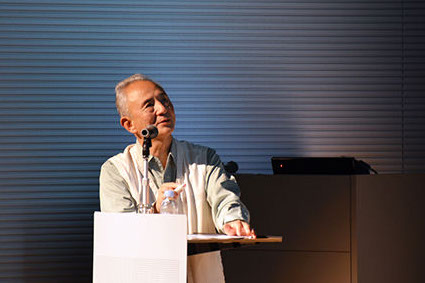
First of all, as a Domiya carpenter in Japan, Mr. Mitsuo Ogawa gave a lecture "Domiya carpenter's skills and ridges". He talked about the wonderfulness of old Japanese architecture such as Horyuji Temple and Yakushi-ji Temple, the anecdotes of his own training period, the ingenuity of the beauty of Japanese architecture, and the oral tradition of miyadaiku.
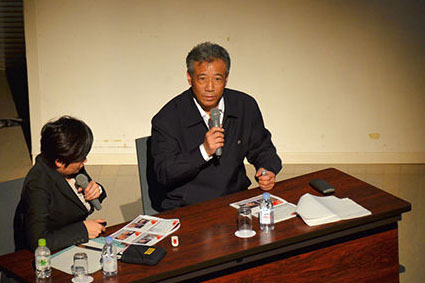
Next is a lecture by Mr. Lee Eigau, who leads the repair organization of the Chinese Palace (Forbidden City), "Government-style old building construction techniques-protecting Forbidden City". Beginning with the story of the protection project in Forbidden City where he is involved, he introduced a number of techniques transmitted to the Chinese palace carpenter. It is a concrete explanation of inking and etching that is different from Japan, and the specialized contents were explained in an easy-to-understand manner with abundant slides.
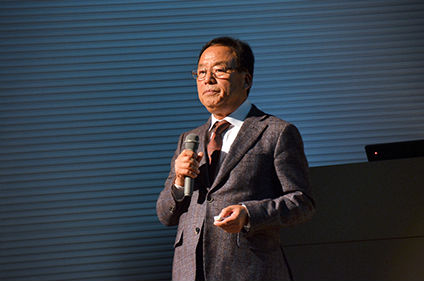
The next lecture is "Korea's Oki Takumi-Creating a Millennium Palace" by Mr. Takashi Shin of Korea. Mr. Shin is a leader in the construction of the Korean Palace and is known in recent years to have been involved in the reconstruction of Namdaemun in Seoul. After looking back on his own steps, he introduced the specific work of Takumi Oki. He introduced the world of Korean carpenters, which is not usually known, such as Korean-style logging ceremonies and examining the beauty of heather in houses against colorful palaces.
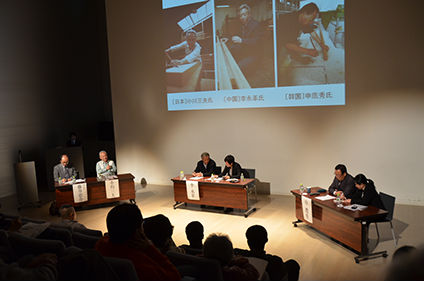
As the last session, the three masters gathered on the stage. Mr. Keisuke Fujii, the moderator, will ask each of the leaders about the highlights of the carpenter's arms, the most important tools, and the role of the ridge. In response to the same question, the cultural differences between Japan, China and South Korea have emerged in response to their respective countries.
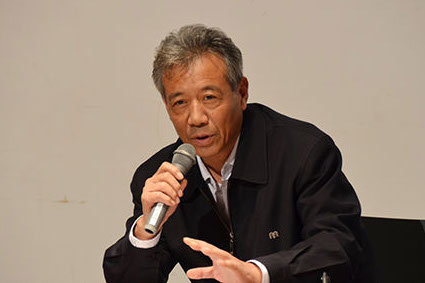
As an important role of the leader, Li Yi Xiao of China introduced the world of systematized Chinese palace architecture, citing his proficiency in classical architecture. In addition, Chona was taken up as the most important tool in China, and it was explained with oral traditions related to tools.
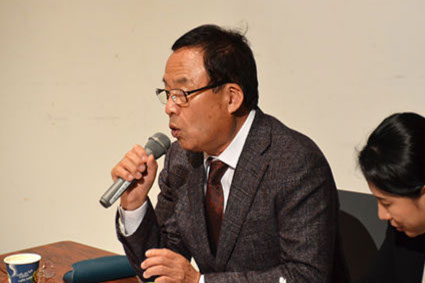
Taikanna was the most important carpenter tool by South Korea. He also touched on the transition of Korean carpentry tools with his own experience in the field. The unexpected statement that Korean carpenters were able to perform both Japanese-style "drawing use" as well as push-use, surprised from the venue.
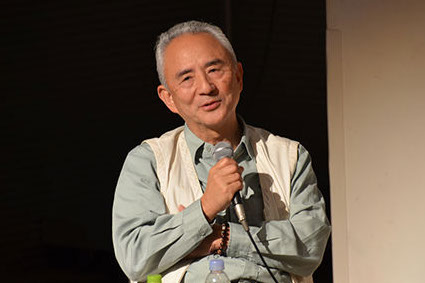
The venue was wrapped in a tight atmosphere by saying that the beautiful warpage of the roof was a highlight of the carpenter's arms, and that the role of the ridge was to take responsibility for all the sites.

Finally, we summarized our impressions of the architecture and technology of each other's countries. Japan, China and South Korea, which handles the same tree, as well as architecture, technology, and the challenges we face, we reaffirmed that we have many commonalities. Thank you very much to everyone in Instructor who gave us valuable talk and to everyone who attended for a long time.
At the Nagoya venue, a lecture by Mr. Keisuke Fujii, who was the host of the tour, and a demonstration by Mr. Mio Ogawa will be held today. Please refer to the following for details.
Takenaka Carpentry Tools Museum | Home | Highlights | Event | Venue Information | Contact | Press Releases
Copyright 2014 TAKENAKA CARPENTRY TOOLS MUSEUM. All rights reserved.